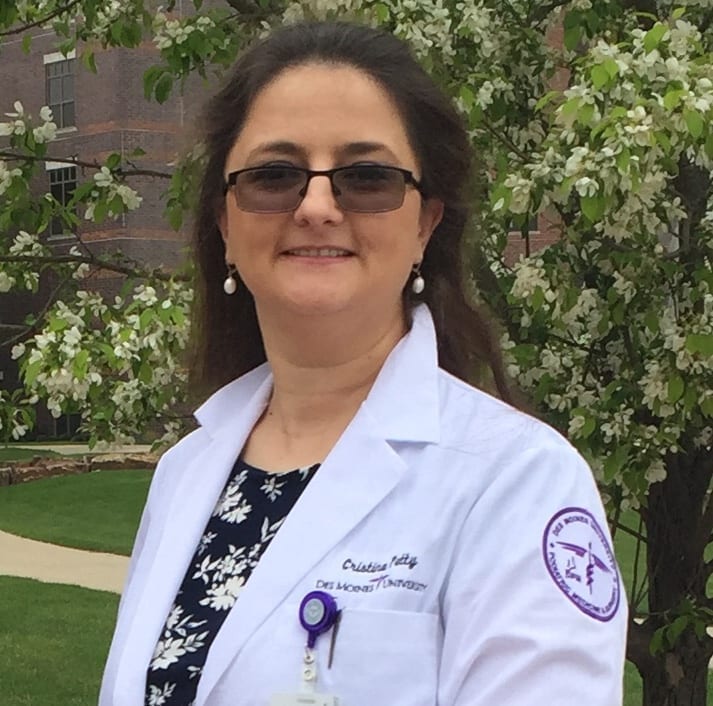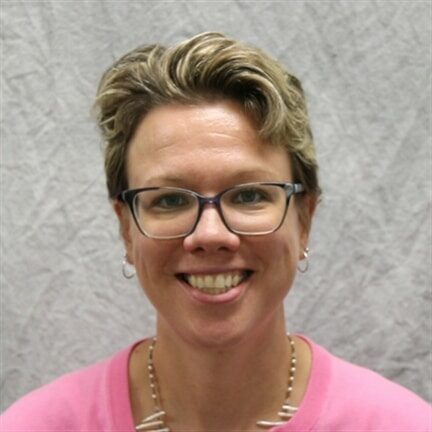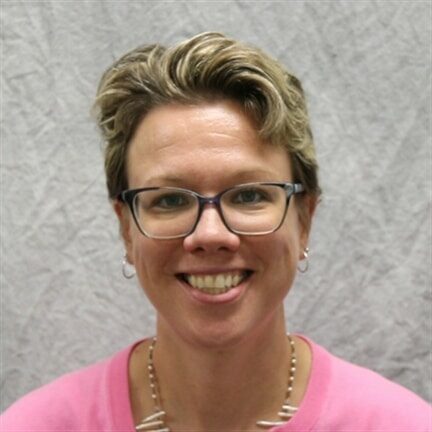During the travel hiatus caused by the COVID-19 pandemic, DMU’s Department of Global Health has been working with our international partners to provide students with virtual global health opportunities. One such opportunity arose when our partner, Juan N. Corpas University in Bogota, Colombia, invited DMU students to apply to join the International School of Social Innovation, which they co-hosted virtually this year in July. Cristina Petty, D.P.M.’23, participated in this two-week course conducted in Spanish. She received a certificate of completion for her participation. I had a chance to ask her more about her experience via email.
Q. What is the International School of Social Innovation?

A. The International School of Social Innovation is understood as a training space, which provides theoretical, methodological and practical elements related to projects of innovation and social transformation, focused on generating innovative solutions to social problems. At the same time, it enables the development of 21st century skills, such as critical thinking, a multicultural and inclusive vision; and contributes to the formation of leaders with the ability to take a proactive stance in the face of the challenges that come their way every day, capable of jointly and collaboratively building social ventures that impact the transformation and development of their communities.
Q. What were the goals of the course?
A. The goal of the course is to discuss various problems of the world and to explore possible solutions to these problems. The course covered a series of subjects, such as health and poverty, human rights, recycling and the use of sustainable materials. The goal is to educate students to work between interdisciplinary areas, to generate ideas to combat poverty, to improve the overall health of people, to create access to a fair and quality education, to teach gender equality and, all in all, to create a better more stable and fair world.
Q. Who participated in the course?
A. There were 14 institutions who organized this course and 55 students from different countries, such as Brazil, Mexico, Peru, Chile, Colombia and the U.S. Students were from different specialties such as architecture, social workers, medicine, IT, political science, business administration, etc.
Q. What was a typical day like during the course?
A. The course started on July 21 and concluded July 31. There were 80 hours of training composed of six-hour days of class work and work in groups. Each group was formed of six people with representatives from different countries with a different studying discipline.
We worked two or more hours after class to generate a fictional project meant to improve people’s life and health.
On the weekend we had a day of Colombian cooking and a virtual visit to the cities of Medellin, and Bogota, Colombia.
Q. Why did you choose to participate in this course?
A. I want to make a difference in peoples’ lives. One of the main reasons I decided to go to medical school was that I want to feel useful, to feel that I can bring something positive into a person’s life.
I love to contribute to finding solutions to the world’s most pervasive problems. I care about poverty, about access to medicine, about health of the planet, and about equality and opportunities for everyone. All these problems impact people’s physical and mental health; and, as a student of medicine, I am very involved in learning how I can better advocate for change.
Q. Can you describe the final project for the course?
A. We had to generate a fictional project meant to bring something positive to a specific underprivileged group of people. My group and I chose to create a website and an app designed to help people with impairment of hearing and speech. In Latin American countries, 70 percent of people with impairment of hearing and speech are illiterate.
This app is designed to help them to learn the Spanish language and sign language, with the goal that they will learn to read lips, be able to find a job and, thus, become more self-reliable. Also, we wanted to give autonomy to this population for their health. Not knowing the language, sign language or how to read lips, they may have difficulty taking charge of their health and medical issues.
The purpose of the exercise was to see not only how we could create a solution, but also what it takes to make that idea a reality. We had to estimate the financial aspects of the project and consider all the legal aspects of the project and any other logistics of that project necessary in order to bring the idea to life.
Q. How do you think you can use what you learned in this course in your future career?
A. The themes of the projects are universal and concern all of us. Poverty, human rights, pandemics, access to medicine and education are all aspects that will serve me as a future physician. It is vital as a doctor to be aware of the difficulties that my patients face. Because the course was based in Bogota, Colombia, and had teachers and students from many Latin American countries, I learned a lot about their culture and about their language.
Q. Anything else you would like to add?
A. It was an amazing opportunity to participate in this course. When I enrolled in the course, I did not know of the magnitude of the project and about the amount of work the main institution put into realizing this project. It was a real treat to participate. I am very grateful for the teachers and all the people who put so much soul into this immense project together. I am grateful for their passion and love for the world.
During this summer, I had the opportunity to participate in this class and also in another class, Humanities in Medicine, offered by the Arnold P. Gold Foundation. I believe that there is always room for a doctor to learn about humanities and ways to Social Innovation. Throughout summer I learned a lot about myself and about the value of compassion. I believe this was time well spent.

